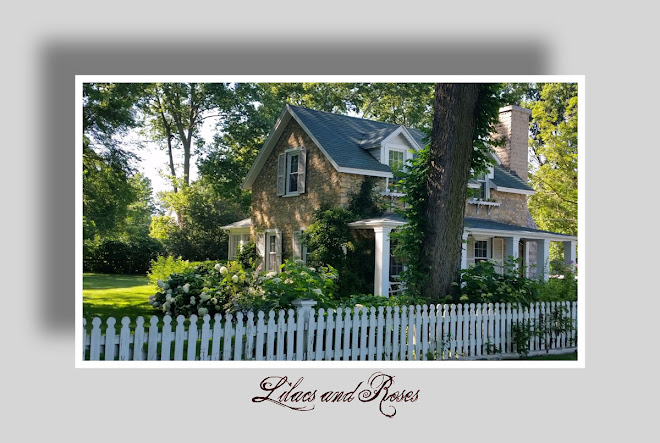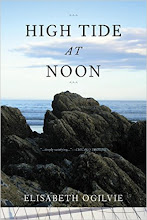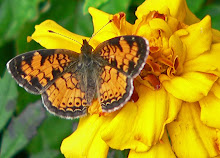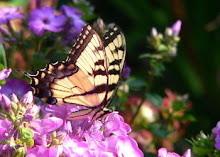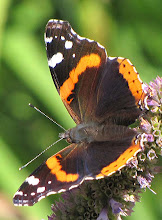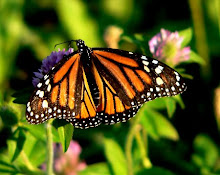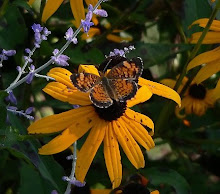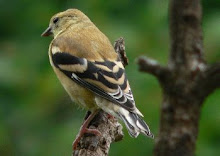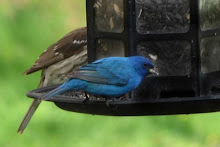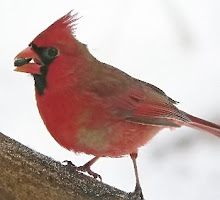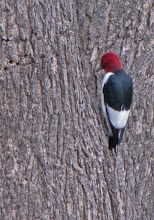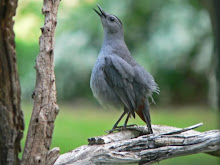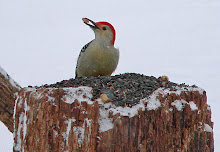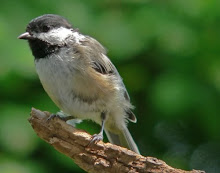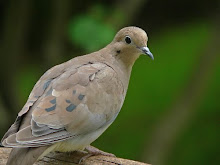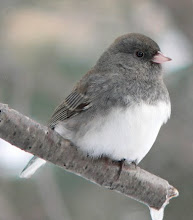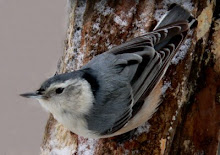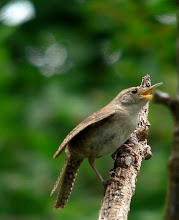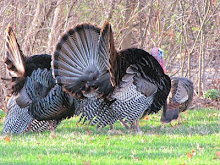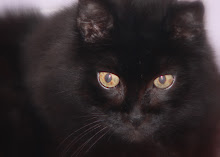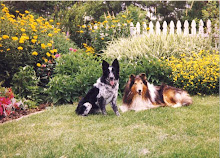The same leaves over and over again!
They fall from giving shade above
To make one texture of faded brown
And fit the earth like a leather glove.
Before the leaves can mount again
To fill the trees with another shade,
They must go down past things coming up.
They must go down into the dark decayed.
They must be pierced by flowers and put
Beneath the feet of dancing flowers.
However it is in some other world
I know this the is way in ours.
~ Robert Frost
A few more plants from my shady nook under the lilac hedge.
Large flowered Bellwort or Merry Bells (Uvularia grandiflora) is an undemanding plant that adds a dainty hint of yellow to the spring shade garden. The growth habit is dense and rounded about two feet tall or less. I make sure to incorporate lots of compost into the soil to keep these plants content. (I really hate to mention compost when I'm posting about lovely blooms. Ah, the romance of compost. Getting our hands dirty in order to enjoy the spoils of leaf mold is just something we gardeners must accept. I absolutely will not discuss well rotted manure here;). The scientific name comes from ' the flower hanging like the uvula' (that thing in the back of your throat). I hate botanical names.

(Stylophorum diphyllum) Celandine Poppies spread freely around my shady garden. Reseeding can become a chore but they aren't especially hard to control. The bright splashes of gold are well worth pulling a few errant seedlings. The foliage is attractive and in places where it is happy, it blooms off and on all season. During drought conditions it becomes dormant mid summer. Beware if you have deer, these are one of their favorite horsdeuvers. No other pests or disease.

Woodland phlox or wild Sweet William (Phlox divaricata) displays beautifully in light or high shade areas. It looks especially nice as underplanting for taller plants like bleeding heart, celadine poppies, geraniums and hostas. There is some color variation within the species. Mine are almost the same shade of lavender as my old fashioned lilacs. A nice combination since they bloom about the same time each year. Newer cultivars are bluer. Butterflies and bumble bees love them (they have a nice fragrance if you get down on your knees and stick you nose into a clump;). Wirey stems and foliage try to remain evergreen here. Some gardeners have problems with mildew, so far I've been fortunate and had no problems.

Note: I name the genus and species whenever I remember but I'm not fond of botanical names (perhaps I've mentioned that) and usually avoid them. I love the romance of the common old names. Flowers are beautiful and they deserve charming, descriptive names that convey their history. The argument goes that common names are vague or may apply to more than one genus or species. That has not been my experience. For gardeners who become confused, the cultivar name is usually what is needed.
I'm probably in the (vast) minority but how do you feel about botanical names?
